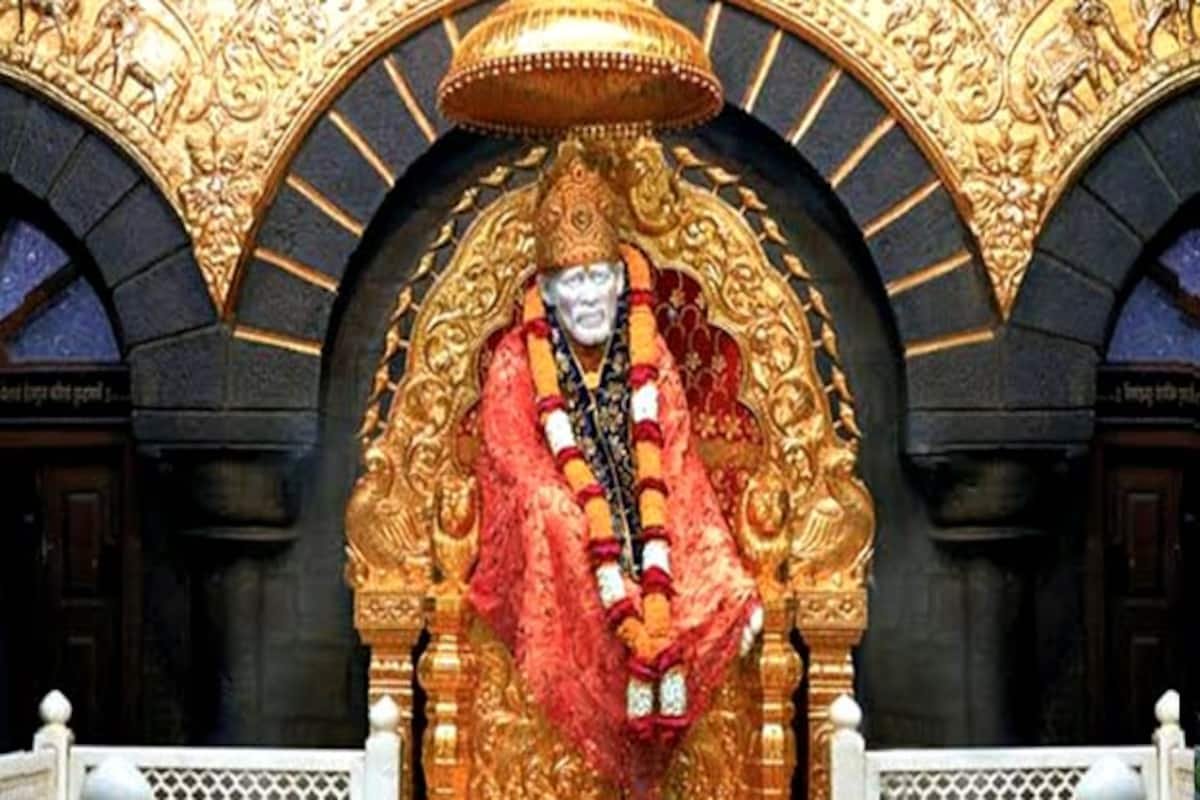Round Trip Journey
One Way Journey
Nestled in the Ahmednagar district of Maharashtra, India, Shirdi is a town that holds immense significance for devotees of Sai Baba, a revered saint and spiritual master. Shirdi, often referred to as the ‘Land of Sai,’ attracts millions of pilgrims and tourists from around the world who seek solace, spiritual guidance, and the blessings of Sai Baba.
The Spiritual Aura of Shirdi:
Sai Baba of Shirdi:
Sai Baba, a saint who lived in the late 19th and early 20th centuries, is believed to have had no specific religion and preached the universality of all religions. His teachings revolved around love, compassion, and the oneness of God. The Shirdi Sai Baba Temple, also known as the Sai Baba Samadhi Mandir, is the primary attraction in Shirdi, drawing devotees who come to pay homage to the saint.
The Samadhi Mandir:
The heart of Shirdi’s spiritual energy lies in the Samadhi Mandir, where Sai Baba’s mortal remains are enshrined. Pilgrims experience a sense of tranquility and divinity as they enter the sanctum sanctorum. The temple is an architectural marvel, adorned with white marble and gold-plated spires, exuding an aura of holiness.
Shirdi Darshan Experience:
Rituals and Pujas:
Devotees can participate in various rituals and pujas conducted at the Samadhi Mandir, such as the Kakad Aarti, Madhyan Aarti, and Shej Aarti, each held at specific times of the day. The rhythmic chanting and devotional songs create an atmosphere charged with spiritual energy.
Dwarkamai:
Another significant place to visit in Shirdi is Dwarkamai, where Sai Baba spent a significant part of his life. It is a mosque that also served as Baba’s dwelling. Pilgrims often feel a deep sense of connection and peace in Dwarkamai, where they can see the sacred Dhuni (fire) that Sai Baba kept perpetually burning.
Chavadi and Lendi Baug:
Chavadi, a small building in Shirdi, symbolizes the place where Sai Baba used to spend alternate nights. Pilgrims visit Chavadi to experience the divine vibrations left by the saint. Lendi Baug, a garden and a place where Sai Baba used to water plants daily, is also a serene spot for meditation and reflection.
Shirdi Beyond the Temple:
Gurusthan:
Gurusthan, a sacred spot under a neem tree, is believed to be the place where Sai Baba first appeared to the world as a young boy. Pilgrims often visit Gurusthan to seek blessings and witness the divine energy of the location.
Shirdi Sai Baba Sansthan:
The Shirdi Sai Baba Sansthan, an organization overseeing the temple and associated activities, provides facilities for pilgrims, including accommodation, food, and medical services. The Sansthan also undertakes various charitable initiatives in line with Sai Baba’s teachings.
Practical Information for Shirdi Darshan:
Accommodation:
Shirdi offers a range of accommodation options, from budget hotels to more luxurious resorts. It’s advisable to book accommodation in advance, especially during peak pilgrimage seasons and festivals.
Travel:
Shirdi is well-connected by road, rail, and air. The nearest airport is in Aurangabad, and the Shirdi Sai Nagar railway station connects the town to major cities. State buses and private cabs are also available for a comfortable journey.
Best Time to Visit:
While Shirdi attracts devotees throughout the year, the period between October and March is considered ideal due to the pleasant weather.


